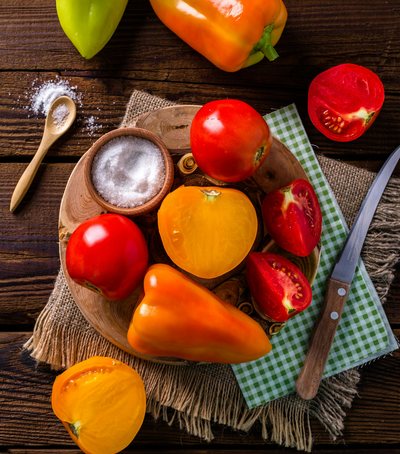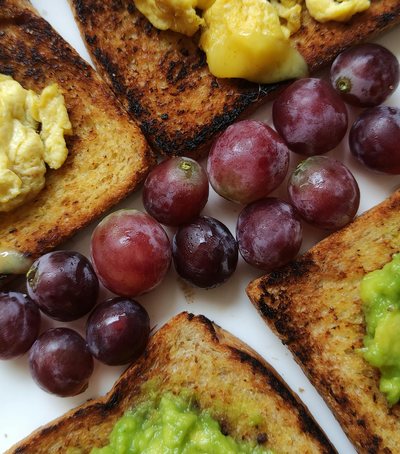
This article explains how to transform old recipes into lighter, healthier versions without sacrificing flavor, preserving the food's cultural genesis but making it more accessible to today's body. The approach isn't to completely remove the "fun" of traditional cooking, but to make smart substitutions and clever techniques that reduce excess fat, sugar, salt, or calorie load while emphasizing flavors.
One effective way is to vary the base without losing character: using light yogurt instead of heavy béchamel, replacing the white part of rice with whole grains or “pilaf” with chopped cauliflower, and boiling/baking instead of frying. Meat can be marinated in citrus fruits, herbs, and spices to bring depth of flavor without the need for a lot of fat, while soups are thickened with vegetable purees instead of heavy creams. Using legumes, beans, and mushrooms as “umami boosters” preserves the richness of flavor while reducing the need for additional salt and fat.
Successful examples include: moussaka with thin potato layers and a light yogurt-based salad instead of the traditional heavy dressing; meatballs mixed with chopped vegetables and fresh rye, baked instead of fried; desserts that use natural fruit purees or low-fat honey instead of refined sugar; and breads with whole grains and seeds that replace empty white dough. Even swapping black oil and butter for extra virgin olive oil, in moderation, maintains a rich flavor profile without significantly increasing unnecessary calories.
Ultimately, the transformation of traditional recipes is done with purpose and attention: preserving the ritual and history of cooking but reworking it for the modern way of life. With a little creativity, you can have a table that is essentially from the past, but that nourishes today's body in a more vibrant, lighter, and full-flavored way.
Photo Credits (Fernando):
https://www.pexels.com/photo/delicious-homemade-pizza-with-fresh-ingredients-33232323/





